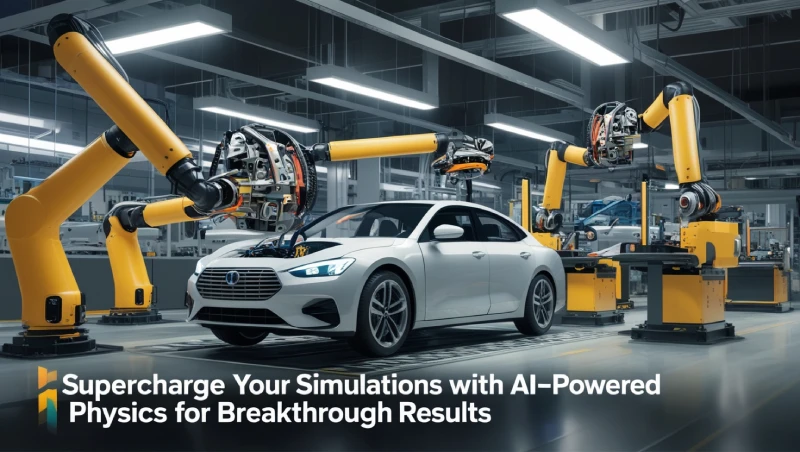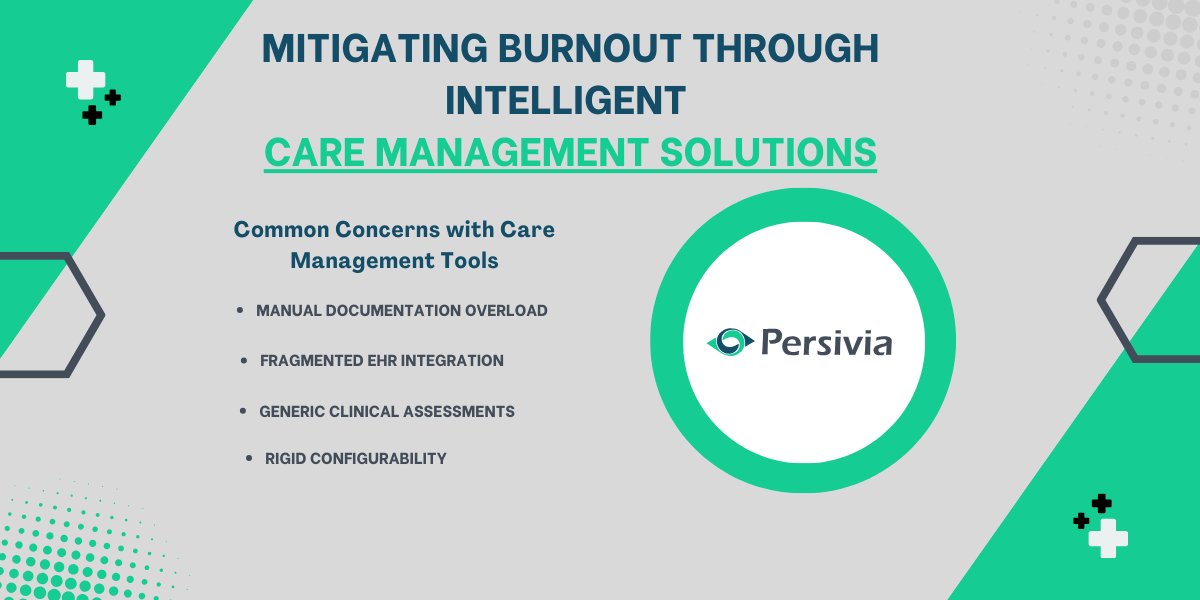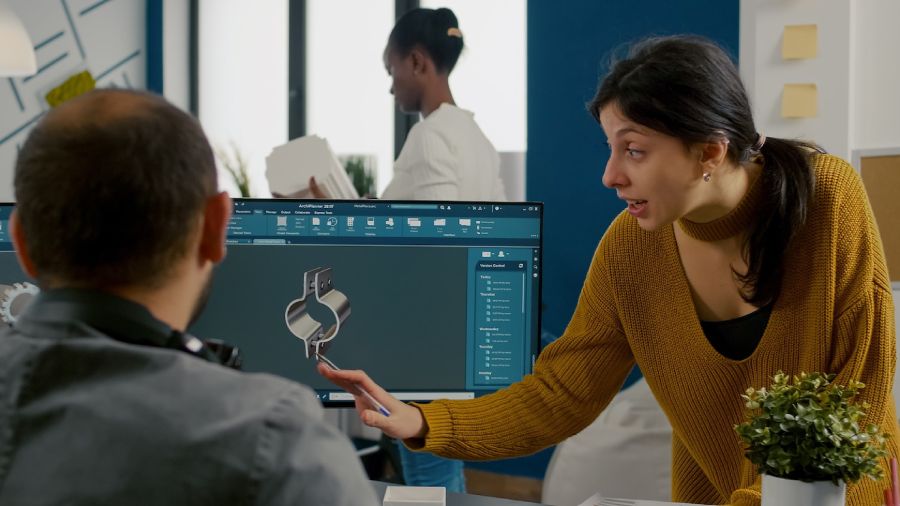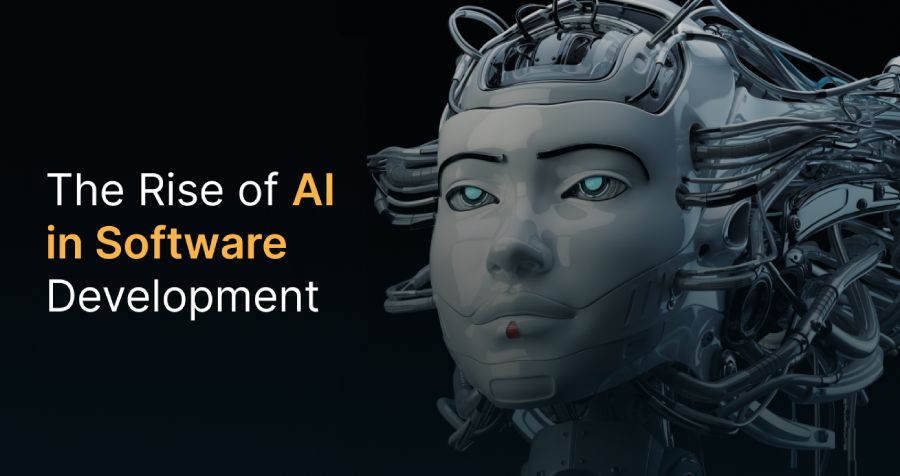
Supercharge Your Simulations with AI-Powered Physics for Breakthrough Results
Simulation technology has always been at the heart of innovation, enabling industries to design, test, and refine their products in a virtual environment before bringing them to life. Yet, the traditional approaches to physics-based simulations, while powerful, often fall short when dealing with the growing complexity and scale of modern challenges. Enter AI-powered physics—a transformative advancement that merges artificial intelligence with classical simulation techniques. This integration is setting a new standard for accuracy, speed, and efficiency across various sectors.
The Limitations of Traditional Physics Simulations
Physics-based simulations are a cornerstone of fields like engineering, healthcare, and climate science. However, they are not without their limitations:
Computational Complexity
Traditional simulation methods, such as finite element analysis (FEA) and computational fluid dynamics (CFD), demand immense computational resources. Solving high-dimensional problems often takes hours or even days of processing time. This delay can slow down innovation cycles and decision-making processes.
Accuracy vs. Efficiency Trade-offs
To make simulations computationally feasible, engineers frequently simplify models. For instance, approximations are often made when simulating nonlinear systems, such as turbulent airflow or biomechanical interactions. These simplifications can lead to less precise results, particularly in scenarios where accuracy is critical.
By addressing these challenges, AI-powered physics opens up new possibilities for simulating complex phenomena more efficiently and with higher fidelity.
What is AI-Powered Physics?
AI-powered physics represents a paradigm shift in simulation technology. It uses machine learning algorithms, particularly neural networks, to predict physical behaviors and solve equations governing physical systems. Instead of relying solely on traditional numerical methods, this approach leverages data-driven insights to complement or even replace conventional techniques.
Core Techniques in AI-Powered Physics
- Physics-Informed Neural Networks (PINNs): PINNs integrate the laws of physics into neural networks, enabling them to predict outcomes while respecting established physical principles like conservation laws.
- Machine Learning Surrogates: These models act as stand-ins for traditional simulations, learning patterns from existing data to make predictions faster than traditional solvers.
AI-powered physics combines computational efficiency with robust modeling, making it a powerful tool for modern simulation needs.
Key Benefits of AI-Powered Physics
AI-powered physics brings a host of transformative advantages, redefining the speed, accuracy, and efficiency of simulations across diverse applications.
Speed
One of the most significant advantages of AI-powered simulations is their speed. Where traditional methods might require hours of computation, AI models can deliver results in seconds. This speed is critical for iterative processes, such as refining product designs or optimizing system performance.
Scalability
AI models excel at handling large datasets and solving problems with numerous variables. For example, they can simultaneously analyze multiple factors influencing a system’s behavior, such as temperature, pressure, and material properties, without losing accuracy.
Enhanced Accuracy
By learning from vast amounts of data, AI-powered physics can model complex, nonlinear phenomena that are difficult to simulate using traditional approaches. For instance, AI models can predict turbulent fluid flows with greater precision than simplified physics-based models.
Cost Efficiency
Reducing computation times and resource requirements translates to significant cost savings. Businesses can allocate fewer resources to simulation hardware and more to innovation.
Real-Time Applications
AI enables real-time simulations, which are essential for applications like autonomous vehicle testing, virtual reality environments, and dynamic system optimizations.
Transformative Applications Across Industries
AI-powered physics is revolutionizing industries by enabling innovative solutions and enhancing efficiency in areas ranging from aerospace to healthcare and beyond.
Aerospace and Automotive
In aerospace and automotive design, AI-powered physics is driving significant advancements. It enables engineers to optimize aerodynamics, simulate crash scenarios, and develop lightweight materials—all with unmatched speed and precision. This accelerates the development of safer, more efficient vehicles and aircraft.
Healthcare and Biomedicine
In the medical field, physics AI is helping to personalize treatments by simulating patient-specific biomechanics. AI-enhanced molecular dynamics simulations are also expediting drug discovery, reducing the time to bring life-saving medications to market.
Energy and Environment
Renewable energy technologies, such as wind turbines and solar panels, are benefiting from AI-driven optimizations. Additionally, AI-powered models are providing more accurate climate predictions, helping policymakers make informed decisions about environmental challenges.
Gaming and Virtual Reality
The gaming industry is leveraging AI-powered physics to create more realistic interactions and environments. From fluid dynamics in water simulations to lifelike character movements, AI is making virtual worlds more immersive.
Challenges in Implementing AI-Powered Physics
While the potential of AI-powered physics is immense, its implementation comes with challenges:
Data Availability and Quality
AI models require vast amounts of high-quality data for training. In some cases, obtaining this data is expensive or impractical, especially in niche applications.
Integration Complexity
Integrating AI models into existing workflows and software can be challenging. Organizations must adapt their infrastructure and train personnel to fully harness the power of AI-driven simulations.
Computational Power
Although AI reduces simulation runtimes, training these models can be resource-intensive. Balancing the need for powerful hardware with cost considerations remains an ongoing challenge.
Conclusion
AI-powered physics is revolutionizing the way we approach simulations, offering unprecedented speed, accuracy, and scalability. By addressing the limitations of traditional methods and opening the door to new possibilities, this technology is paving the way for breakthrough results across industries.
The integration of physics AI into simulation workflows is not just a technological upgrade—it’s a transformative step toward solving some of the world’s most complex challenges. Organizations that embrace this innovation will find themselves at the forefront of progress, equipped to tackle the demands of the future with confidence.

Law Firm Management: How Technology is Driving Efficiency

Most Popular Social Networks: Dominating Online Platform






